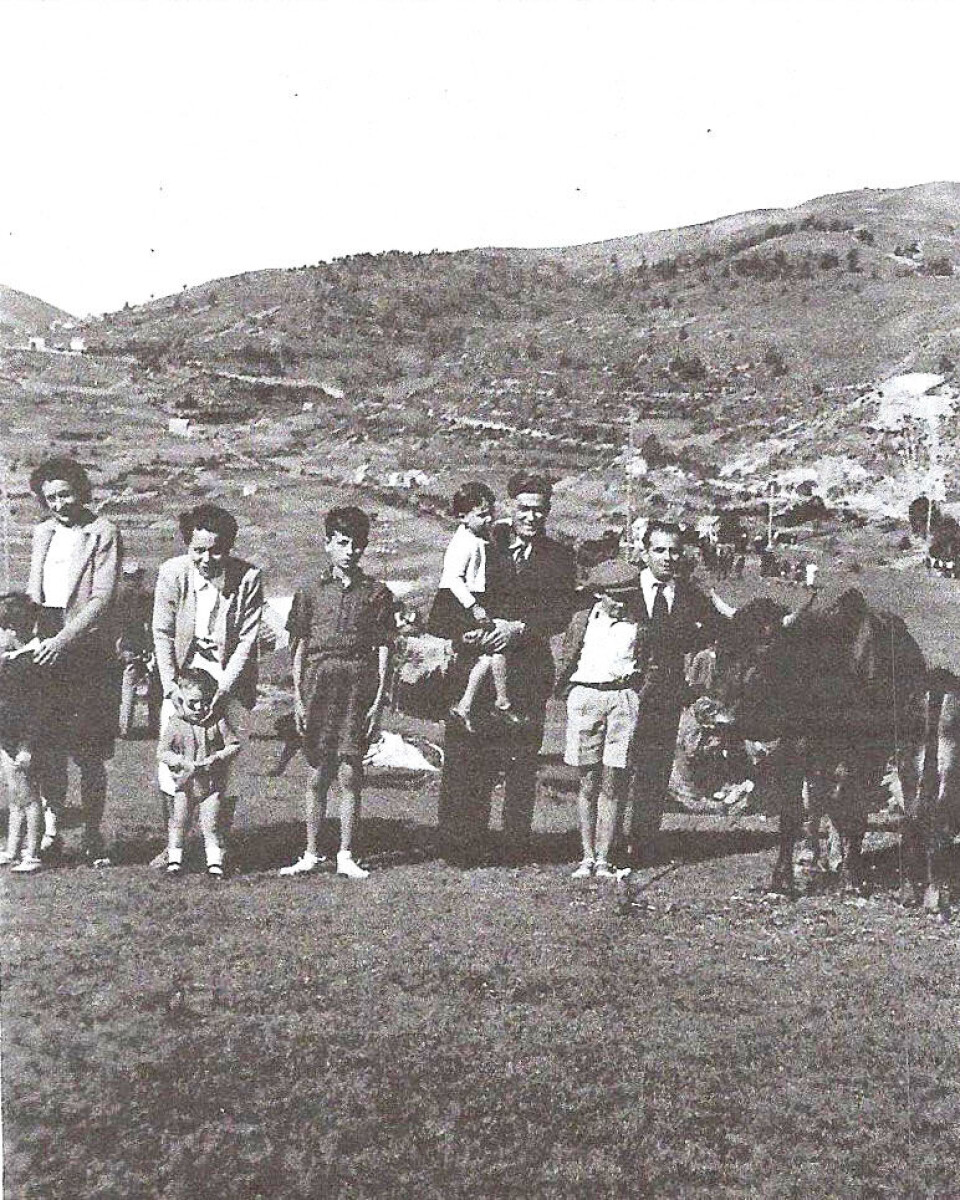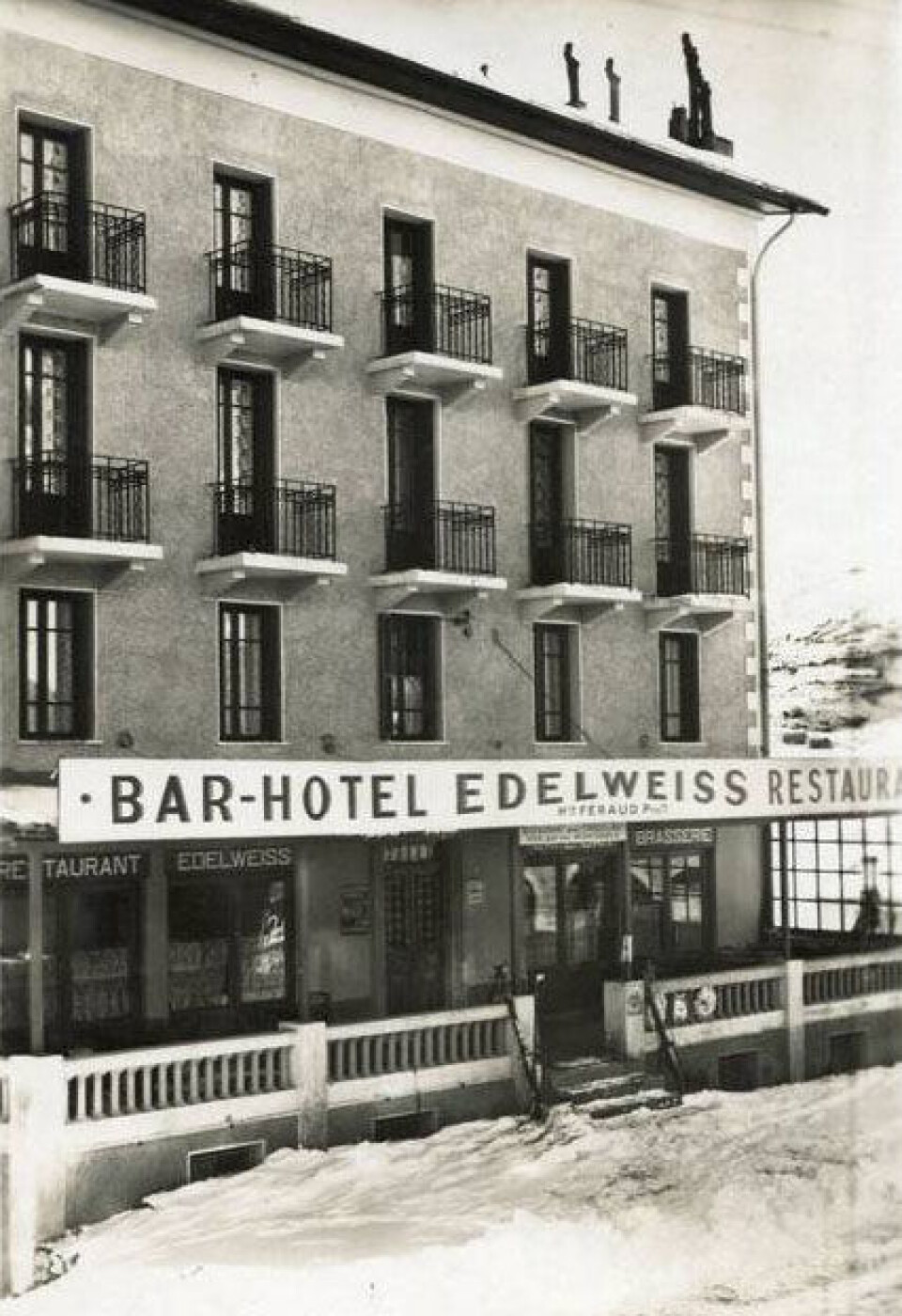-
Cold Christmas in France, but little chance of snow
High-pressure system will move into France from north-east at the start of next week
-
British ‘Puppet Master’ conman in French jail wins phones back on appeal
Robert Hendy-Freegard was given a six-year sentence after hitting two gendarmes with his car
-
Alleged British hacker in jail in France offers to help with police data breach
Recent attack targeted police files
Teacher uncovers wartime heroism to save Jews in France
Research by a retired local teacher has brought to light a French mountain village’s efforts to hide Jewish people in World War Two

Heroic actions in a village in the Alpes-Maritimes are being researched after the locals’ courageous acts to hide Jewish people during World War Two were discovered by a retired teacher.
It is hoped that some of those involved will be named officially as belonging to the ‘Righteous Among the Nations’, a title given by the Israelbased official Holocaust memorial centre Yad Vashem.
Meanwhile, a ceremony has been held to mark the commune of Beuil joining the network of Villes et Villages des Justes de France (Towns and Villages of the Righteous of France), linked to this wartime history.
The title ‘Righteous Among the Nations’ is given, now often posthumously, to individual non-Jews who helped Jews during the war at a risk to their own lives, based on witness statements of those rescued.
There are 4,150 from France, the third largest number after Poland and the Netherlands.
Daniel Wancier, Yad Vashem French committee’s delegate for the Côte d’Azur, himself the son of deportees who was saved as a child, said: “The title is attributed after research almost resembling a police investigation.
People must have hidden Jewish people out of humanity, not for money. In Beuil, people saved Jews and there were no denunciations. It is a matter of honouring them.”
The area around Beuil, which is about 80km into the back country north of Nice and close to narrow mountain gorges, was already known to have been a hide-out for maquisard Resistance members, but the village’s involvement in hiding Jews had not been well known.
Following the armistice signed between Italy and the Allies, the Gestapo settled in Nice and began to actively hunt down Jewish people in the surrounding areas, who were until then under house arrest.
Retired teacher Michel Rémy, who has been living in Beuil for 10 years, organised an exhibition for the 70th anniversary of the Resistance in 2014, and in so doing brought to light another part of local history.
“In making this exhibition, I found testimonies of families who had hidden Jews, although I had never heard of them. It intrigued me. “I conducted my investigation, pulling on the thread, as they say.”
Mr Rémy found some families from the time, as well as people who were saved, such as French writer Michèle Kahn, who was then a small child.
He now estimates that about 100 Jews were saved between the summer of 1943 and the summer of 1944.
Some of them hid in the Hotel du Cians, belonging to Resistance fighter Sébastien Di Carlo and his wife Isabelle.

Others hid at the Edelweiss, run by Resistance fighter Henri Féraud. The parish priest at the time, l’abbé Ollive, had set up a hiding place in the church.
Other families hid people in barns in their pastures. Some Jews were helped to escape through mountain passes into Italy.
Mr Rémy also noted the lack of denunciation by locals.
A ceremony was held in the village to mark its membership of the network of Villes et Villages des Justes de France, attended by family members of Jewish people who survived.
If individuals are in future named as ‘Righteous’, there would usually be a new ceremony for that and attribution of medals.
Mr Rémy said: “This message of selfless solidarity that comes down to us from history is important. Above all, in the current context, it’s important to come back to certain values.”
Towns and Villages of the Righteous of France
This is a network of 139 communes established by the French committee of Yad Vashem.
Each of them pledges to put in place continuing commemorative actions to remember the Righteous of France.
They have each installed, or intend to, a memorial site, such as a street, square or garden, in the commune, whether to the Righteous in general or to an individual member.
Typically, but not always, a commune joins after a ceremony has been held to name a person from the area as one of the Righteous.
Beuil is among the latest to join. The French committee’s director, David Adam, said it is important to note that the title of ‘Righteous’ is awarded individually, not to a whole commune.
The original idea behind the network of towns and villages was that an attribution ceremony often lasted just an hour and then nothing was done to keep the memory of the person, or people’s, actions alive.
He said they are found especially in the south as it was easier for Jews to seek refuge in the unoccupied area, though Paris is also a member as it was easier to hide Jewish people in a city than in small villages.
Four others joined this year in Paca, Auvergne and Nouvelle-Aquitaine.
Related articles
French village honours widow of British airman who escaped WW2 crash
























